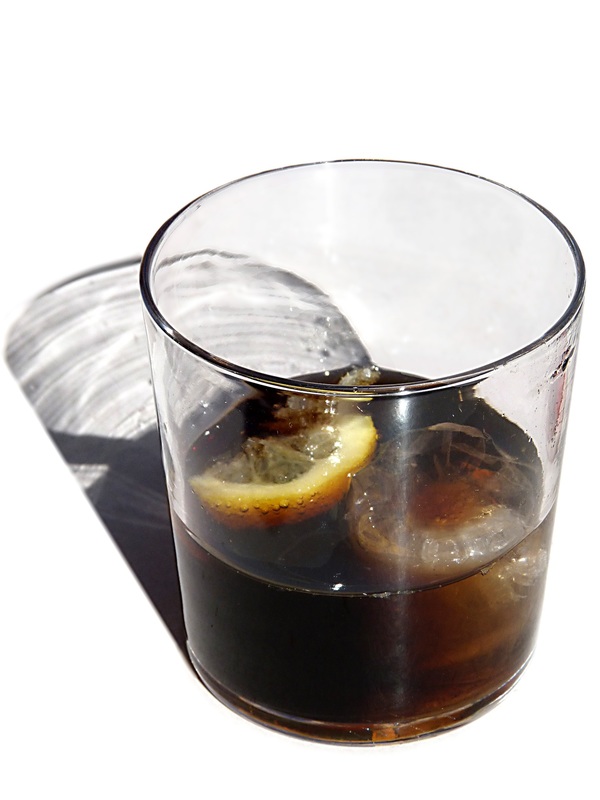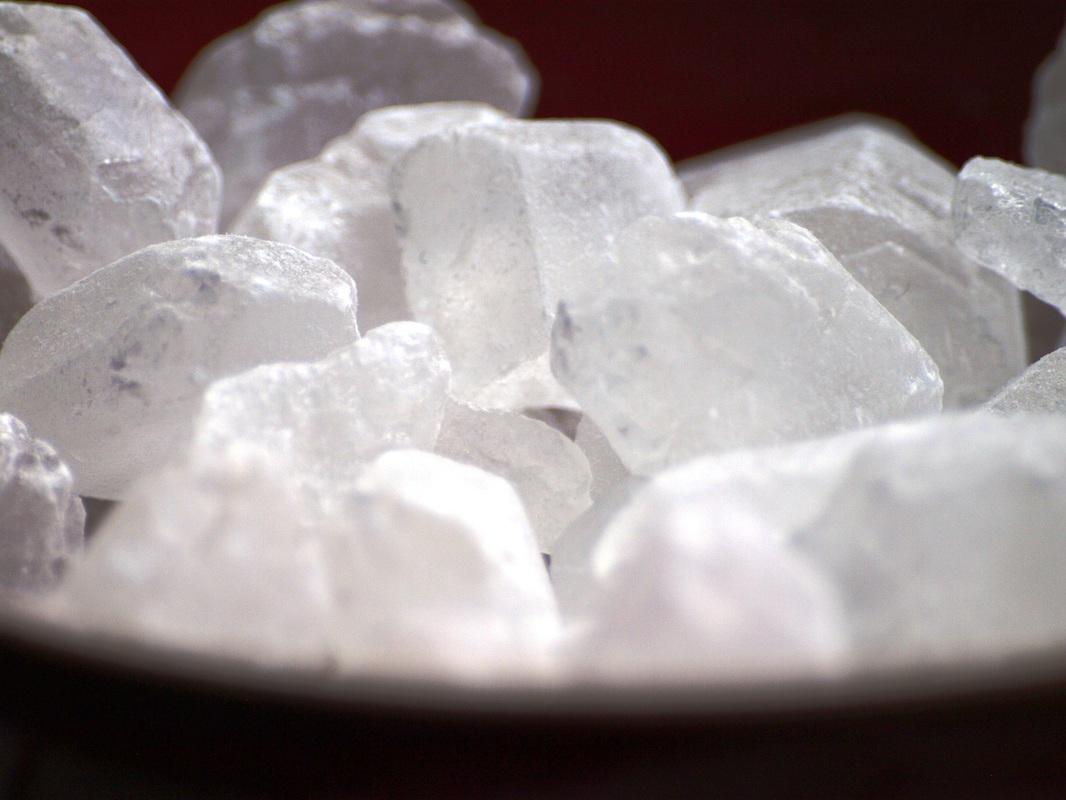|
When it comes to calories, we love to hear the number “Zero”. Manufacturers love to position zero-calorie sweetened foods and drinks because they create a ‘guilt- free effect’ and therefore are more likely to fly off the shelf. The moment we read zero calorie or low calorie, it finds its way into shopping baskets, no questions asked. How correct is this? There are two types of sweeteners: nutritive and non-nutritive
Have you ever wondered things like - how come the products with these artificial sweeteners taste so sweet? And these chemicals do not get digested in our body (hence no caloric load), then what happens to them once they’re past our tongues? These sweeteners are mostly manufactured (the word ‘artificial’ is a giveaway) chemicals that are 1000 times sweeter in taste than naturally occurring regular sugar (or sucrose) that our bodies cannot digest or absorb. This puts a load on our organs to push them out. For years scientists are puzzled that non-caloric artificial sweeteners do not seem to aid weight loss, and some studies have suggested they may even have an opposite effect. Wondering how? Read on. It’s that guilt free effect again – since the sweetener is supposed to be sugar-free, most of us tend to get a little trigger happy with the portions of sweetened food. What we need to understand is that a calorie from any source still counts and higher quantities of food will up the intake. Artificial sweeteners rewire your brain chemistry and metabolism confusing the body into thinking it is consuming real sugar. Your body reacts and gets ready to receive the sugar by revving up production of the fat-storage hormones. Your metabolism slows down, you become hungry more quickly, you’re prone to eat way more food (especially carbs), and increased belly fat is the inevitable result. I regularly see people who complain about not being able to kick their diet-soda habit. It isn’t just their imagination: Artificial sweeteners can quickly become addictive just like smoking. Research shows that non nutritive sweeteners and nicotine produce similar effects in the brain i.e. craving
It is imperative for people with diabetes to reduce stress on their organs by controlling blood sugar levels. And here we are, doing just the opposite by consuming highly processed food products laden with artificial sweeteners. Don’t get carried away with what companies want us to believe in their glitzy ad campaigns highlighting their efforts to fight diabetes and obesity. Soda companies proudly promote the fact that their diet drinks have low or no calories and that they have cut sales of sugary drinks in schools by 90 percent. Is that a good thing? I don’t think so. Just cut these sodas out of your lives altogether and you’ll be healthier and happier for it. And if you have a desire for something sweet just have a little sugar and make sure you walk or jog it off. For more information on eating Guilt Free! So my health Mantra still remains the same, eat natural, stay super!
2 Comments
About 50% of people with diabetes are aged 65 years and above. Living with diabetes maybe tough as every day brings new challenges. As one gets older this becomes tougher and specific age related complications require diligence and care to deal with. This is tough, but not impossible. “My mother has Type 2 diabetes, but she won’t eat. My father gets up and snacks in the middle of the night. My mom complains of going in a hypo (low blood sugar phase) just to eat sweets that she craves”. I often hear these and other gripes from my patients’ carers (mostly their children) all the time. Elderly people with diabetes have higher risks of complications like heart attacks, kidney disease and blindness; they’re more likely than other seniors to end up in nursing homes. But we need to hold back a little and tell ourselves that when it comes to the elderly, quality of life is much more important than (almost sacred) numbers on the glucometer and other laboratory reports. Most medical guidelines state that as a person ages, we need to be a bit lenient with target blood sugar values. Treating diabetes too aggressively can make elderly more prone to hypoglycaemia, or low blood sugar. For frail older people with multiple conditions, this can be more dangerous than high blood glucose readings. There are a number of psychosocial issues that need attending to in the elderly. Poor vision, diminishing hearing, loss of balance etc makes them less confident in managing their own health. Poor oral health, effects of some drugs on the digestive system, limited mobility, dexterity or vision can all make eating difficult. Older people tend to drink less fluids , which can cause dehydration, particularly during bouts of illness. People at risk should have a nutritional assessment and individual advice from a diabetes educator or nutritionist to address areas of concern such as needing extra calories, meal supplements and replacements, weight reduction, low salt diet or manageable foods. It may not always be appropriate to reduce the fat, salt and sugar for every older person with diabetes. Poor or irregular eating can often be a cause of hypos. Few health tips:
Be on the lookout for symptoms of hypoglycemia, make sure you report these to your physician and be actively engaged in making treatment decisions. Treat hypoglycaemia as an emergency. Immediately give 3 hard sugar candies/ 3 tsp sugar or honey or jam/ 3 glucose biscuits/ 150 ml juice or non-diet soda. Avoid treating hypos with chocolates and other sweets like pastries as they contain high amount of fat, and takes more than 30 minutes before they start releasing sugar in the bloodstream. And remember, staying positive goes a long way. |
Author
|








 RSS Feed
RSS Feed
